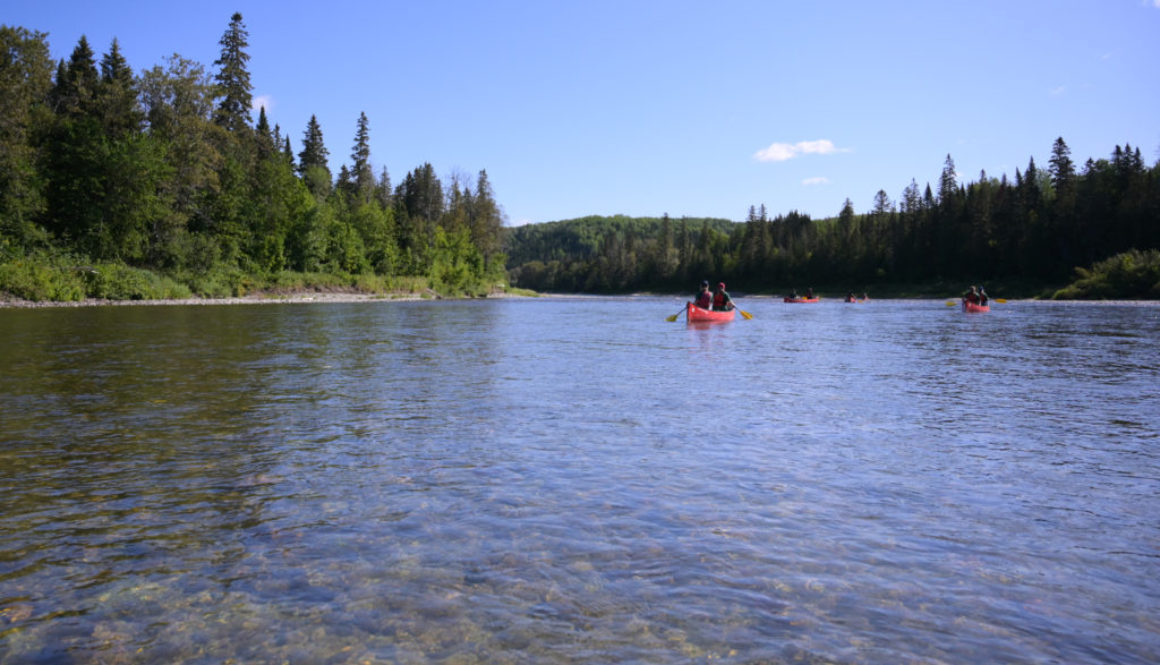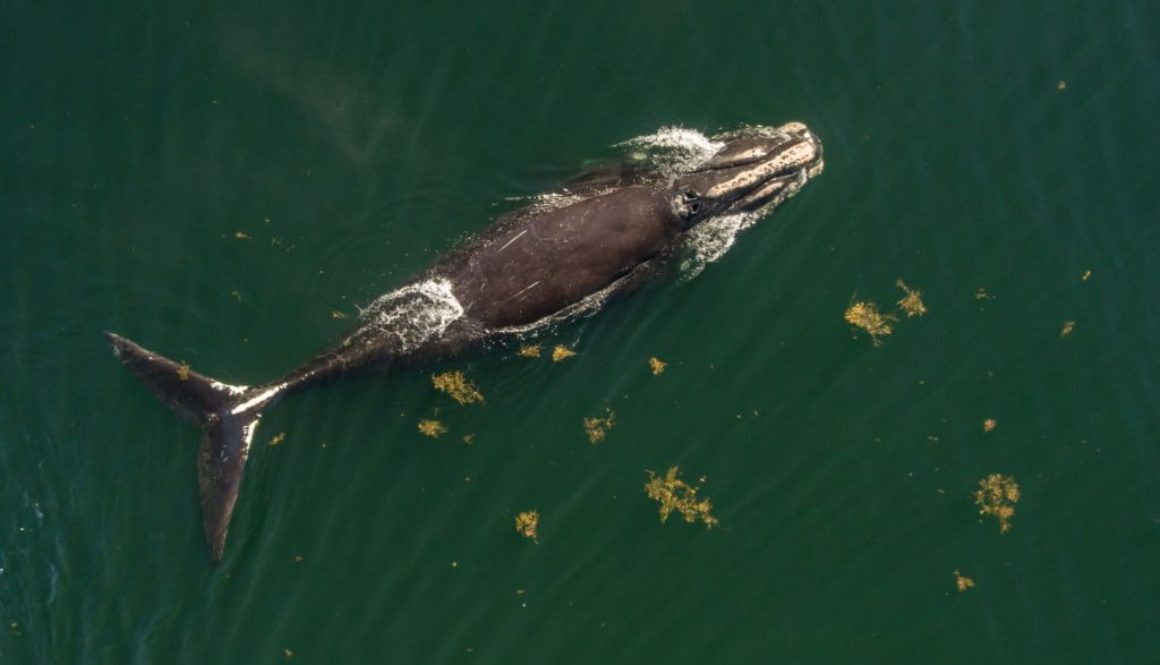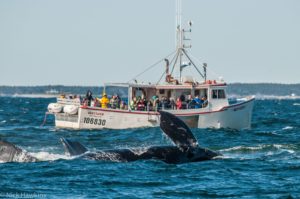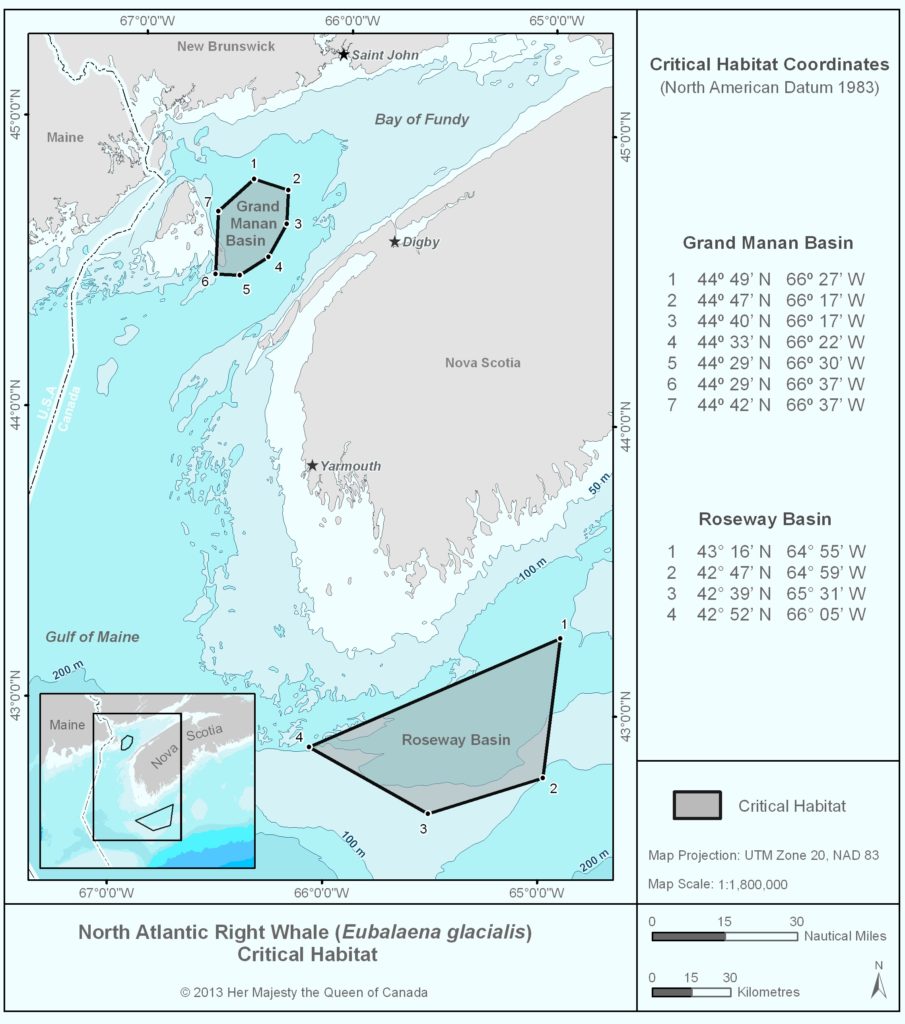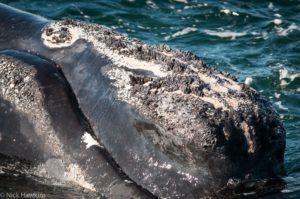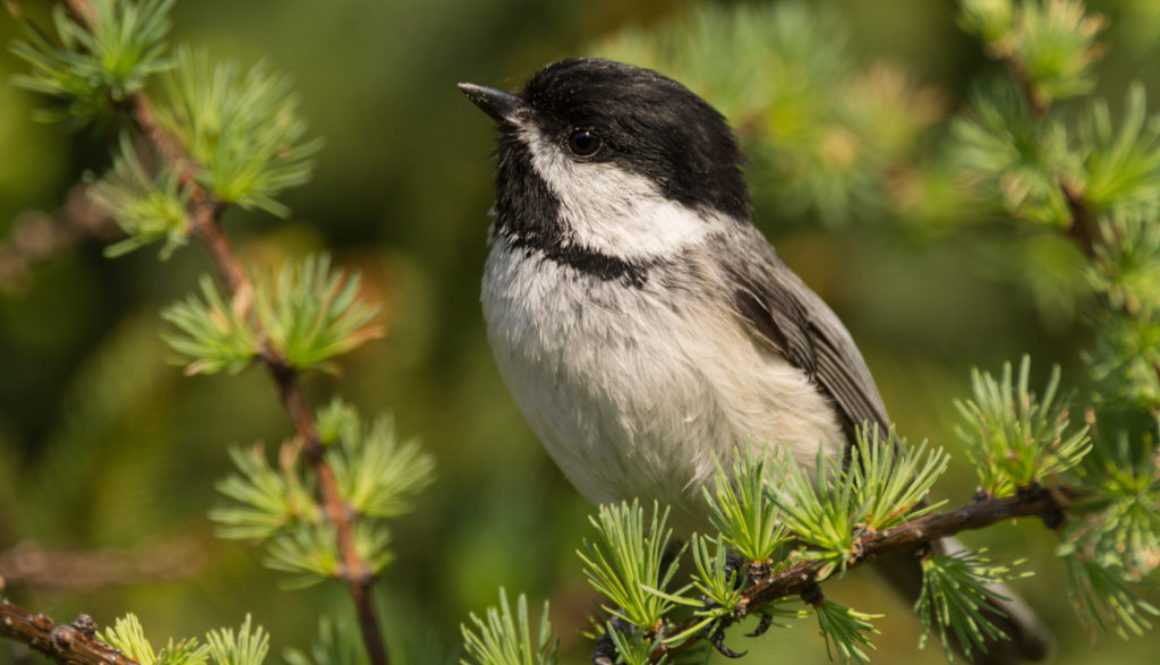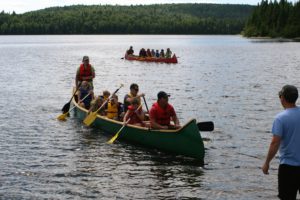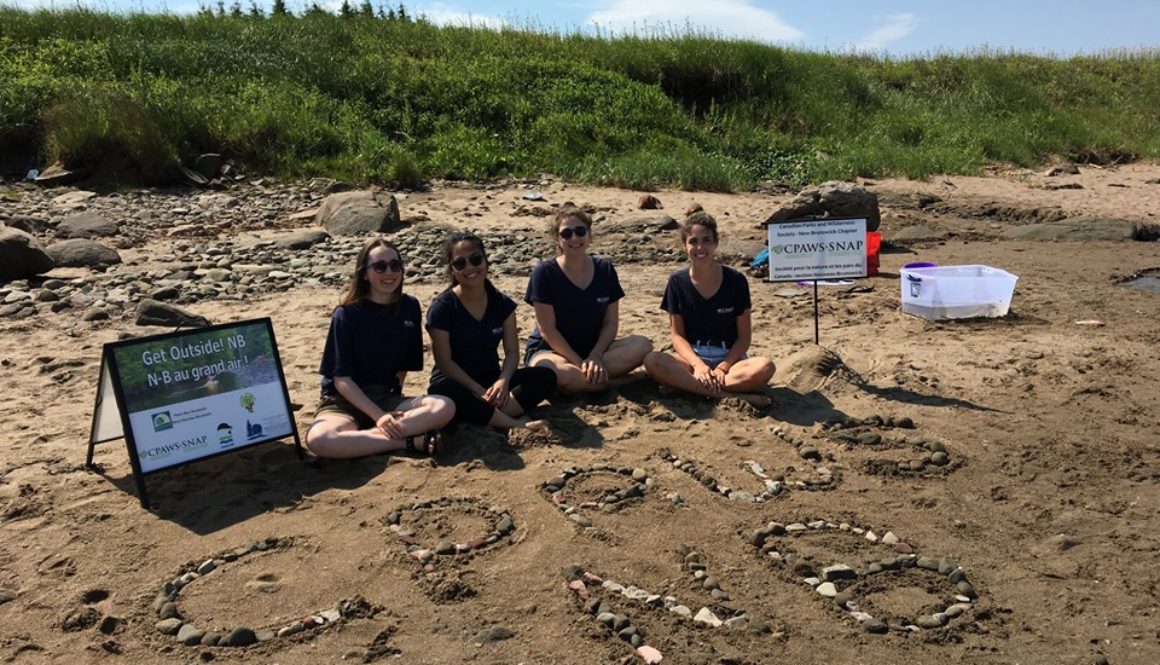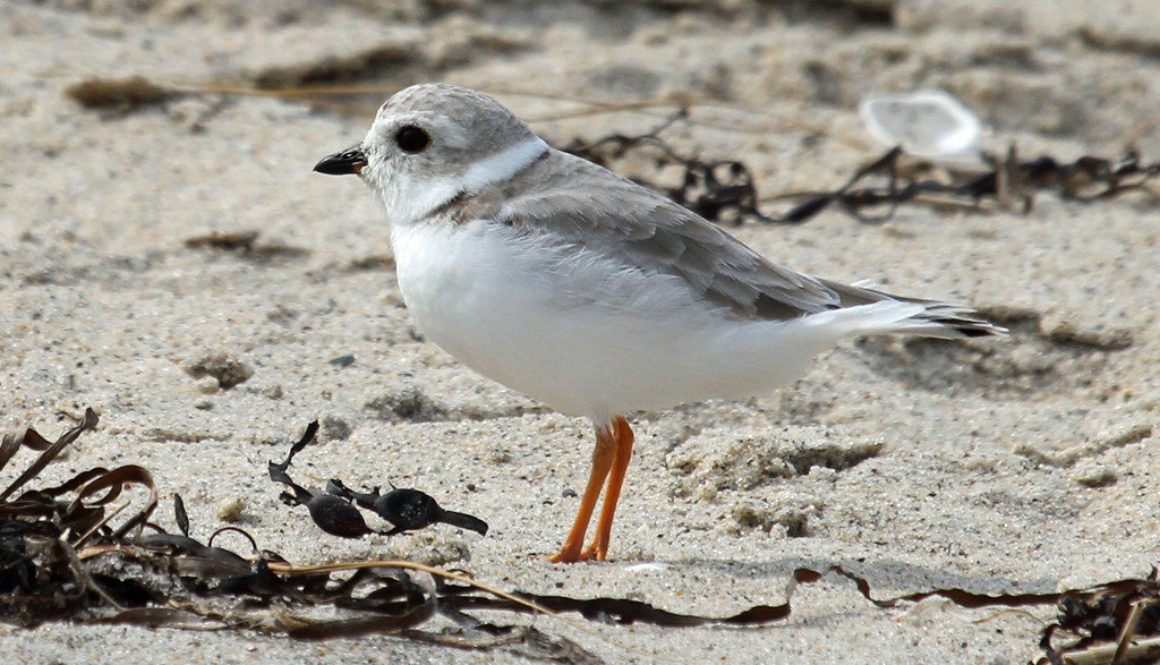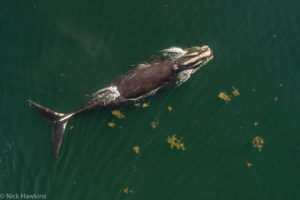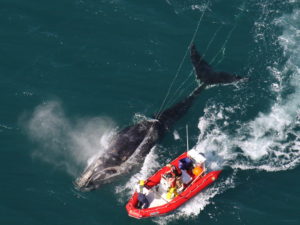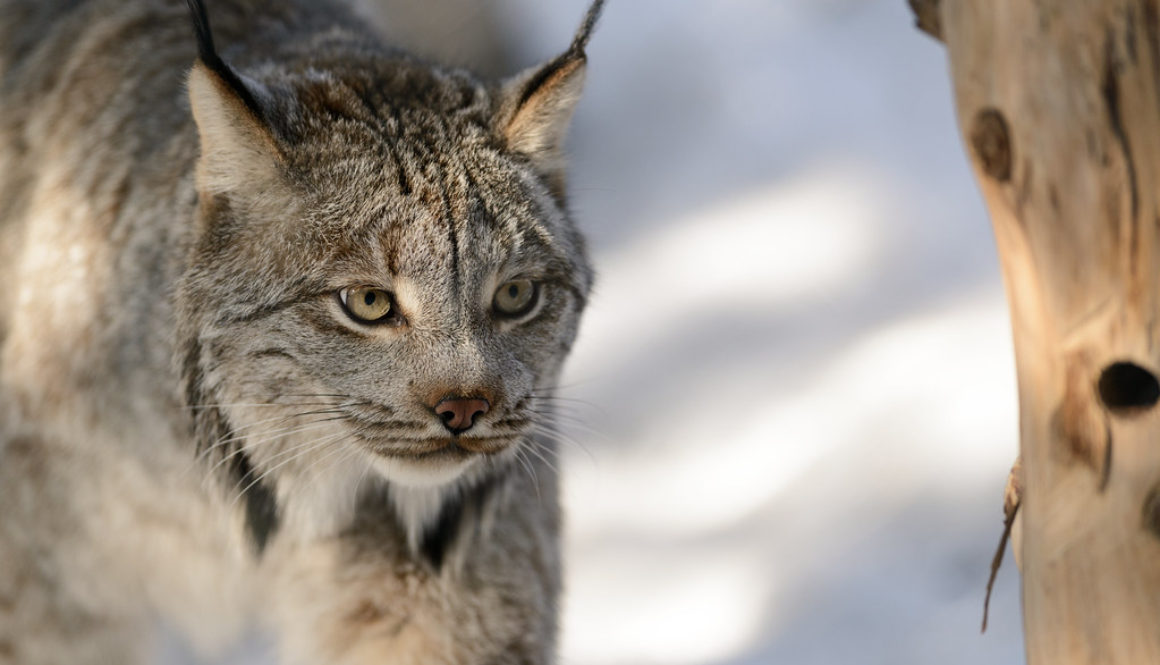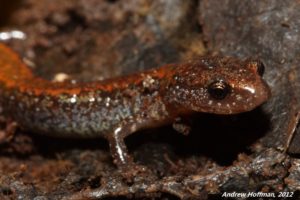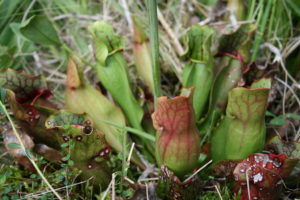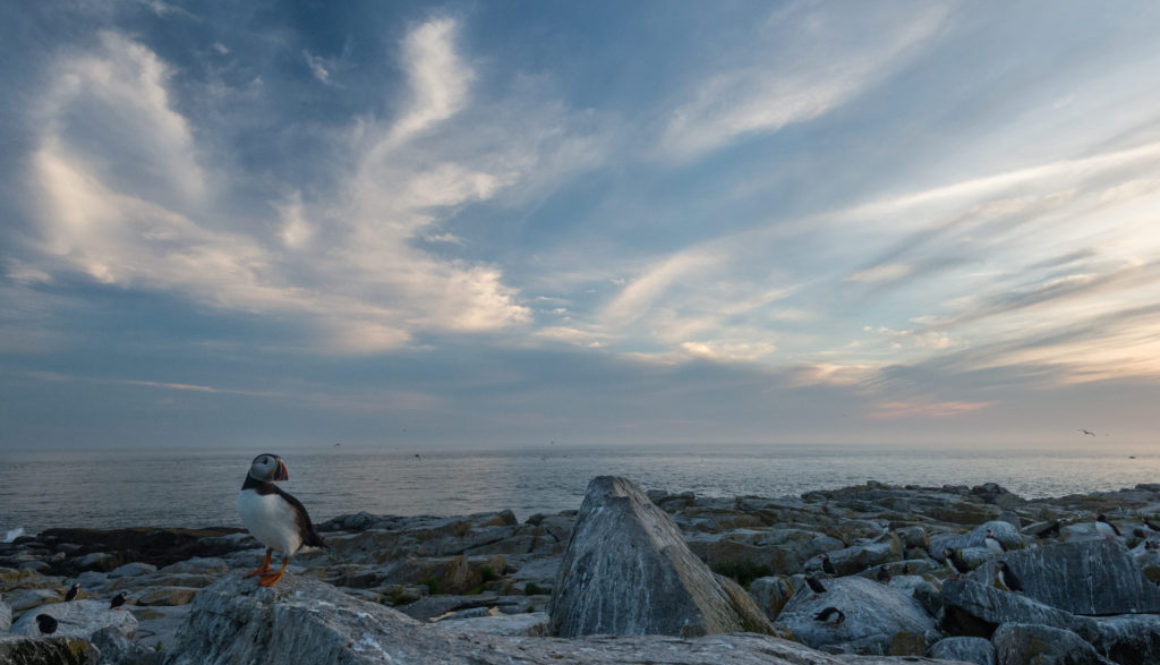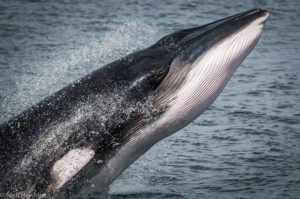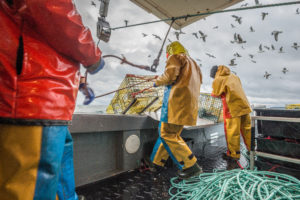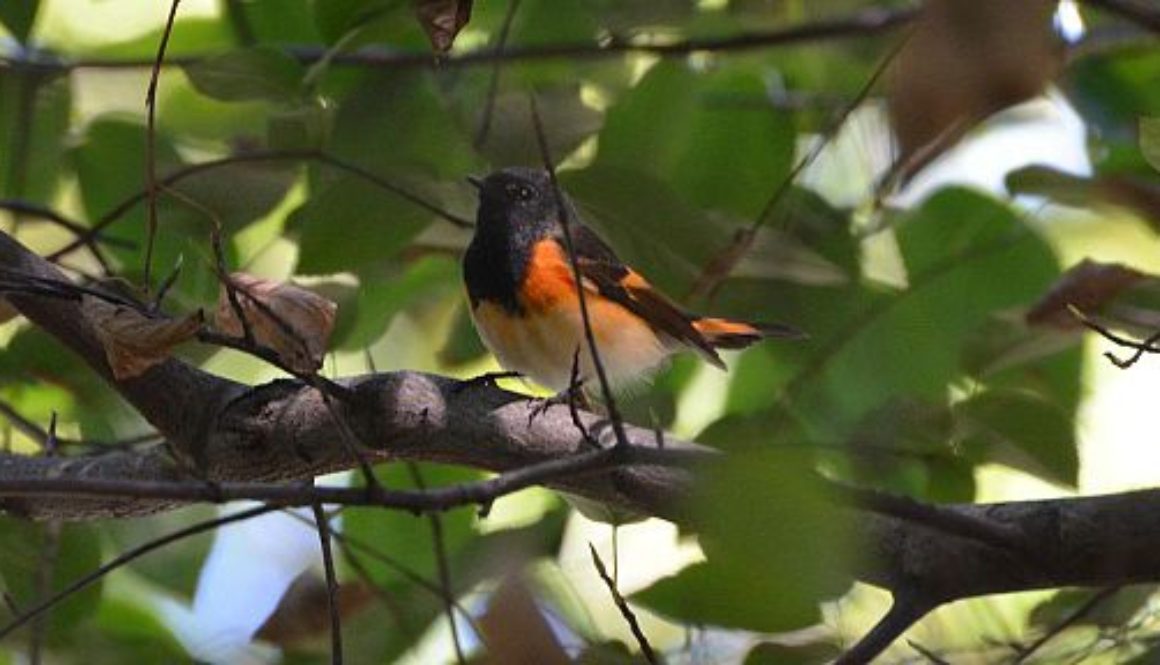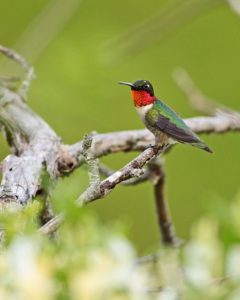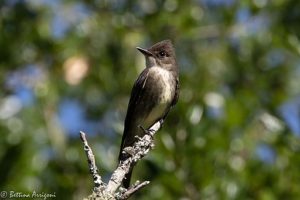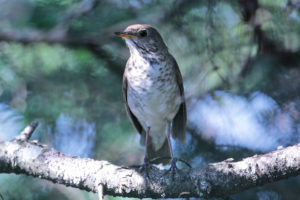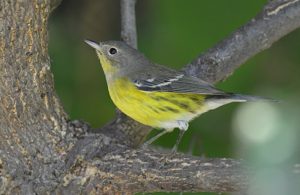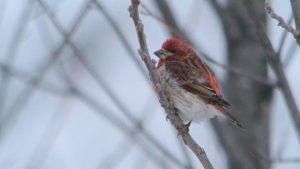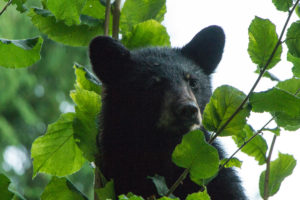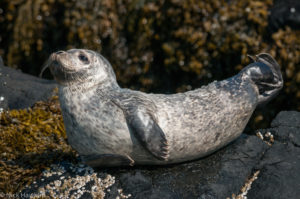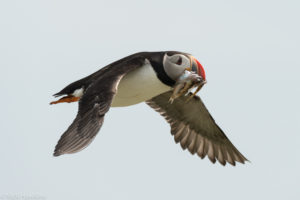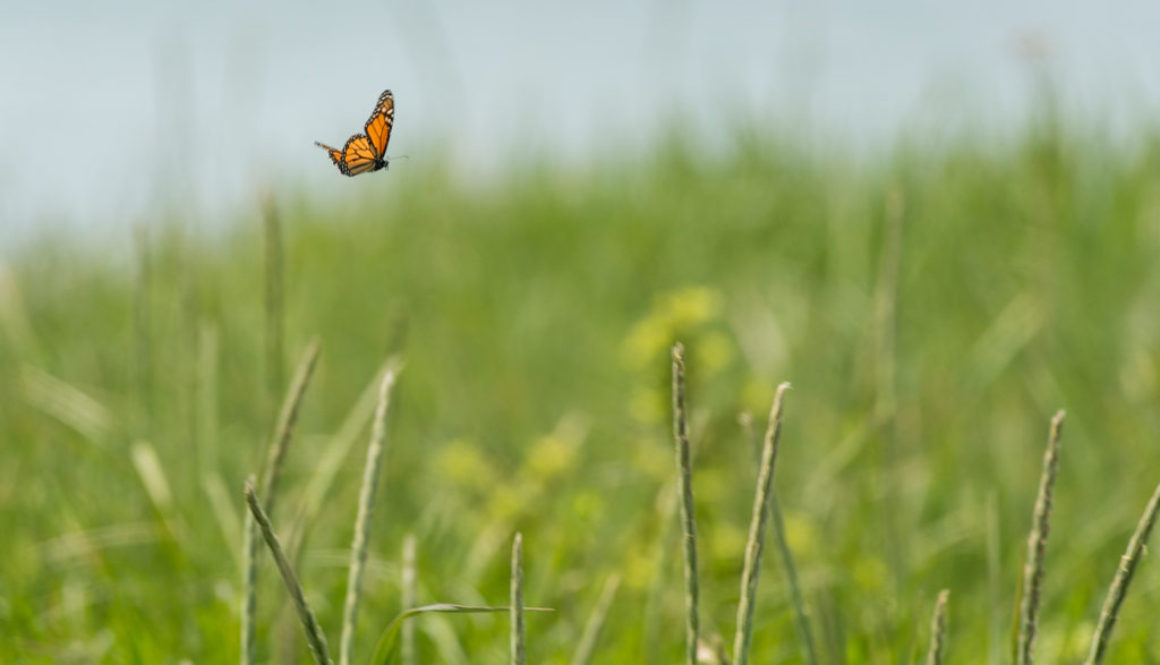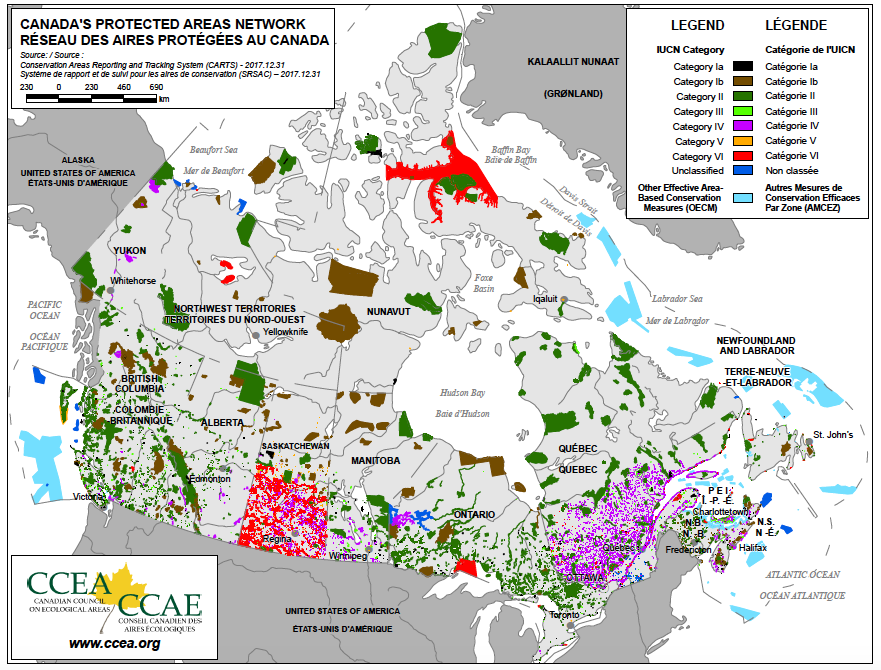Inspiration ignites on the Restigouche River
A smooth stroke through calm water. The shimmering silver of a fish below the surface. The deep and quiet green of the forested shoreline. The sense that this place holds so much to explore. The Restigouche River is one of eastern Canada’s most spectacular, most inspiring wild watersheds, one for all New Brunswickers to enjoy.
This summer, CPAWS-NB greeted volunteers for our Canadian Wilderness Stewardship Program with a two-day excursion into the Restigouche, and it was an experience we won’t soon forget! By why have us tell you about it when we can hear from the wonderful folks who joined us on the river? We asked Ross Kinney and Gracyn McLaughlin, two of our volunteers and stewards, to share their stories and insights.
 For Ross, his time on the Restigouche River was most memorable. “It is one thing to hear about a place or see pictures, but to actually be in the midst of the rolling hills and winding riverbed and variety of trees is an impressive scene.” The Restigouche is a Canadian Heritage River, flowing across northwestern New Brunswick and Quebec’s Gaspé, through 1 million hectares of valleys, hills, and streams. For Gracyn, “experiencing the Restigouche made me feel inspired to promote and pursue conservation in New Brunswick” – a sentiment we share at CPAWS-NB!
For Ross, his time on the Restigouche River was most memorable. “It is one thing to hear about a place or see pictures, but to actually be in the midst of the rolling hills and winding riverbed and variety of trees is an impressive scene.” The Restigouche is a Canadian Heritage River, flowing across northwestern New Brunswick and Quebec’s Gaspé, through 1 million hectares of valleys, hills, and streams. For Gracyn, “experiencing the Restigouche made me feel inspired to promote and pursue conservation in New Brunswick” – a sentiment we share at CPAWS-NB!
For many, the Restigouche is only the beginning. New Brunswick has so much to offer in wilderness, so much to explore and protect. After his experience, Ross would like to see more of the Restigouche and to explore more of the province’s natural wonders. As Ross puts it, “we are fortunate to have such splendours in our backyard, and we have a responsibility to be mindful stewards and caretakers of what we’ve been given. NB alone has so many valuable and meaningful areas worthy of conservation.”
 The Restigouche still needs protection that will preserve wilderness while supporting local ecotourism. Gracyn’s experience on the Restigouche opened her eyes to the importance of ecotourism in New Brunswick: “not only does it let people explore and visit areas they might not know about, but it also supports many locals who have a passion for the outdoors and want to get more people outside.” Ross shared a similar sentiment, saying that “being exposed to the natural world forces us to question our exploitation and abuse of it. Ecotourism can build momentum and awareness for the conservation movement, in addition to exposing generations to the wonders of the outdoors.”
The Restigouche still needs protection that will preserve wilderness while supporting local ecotourism. Gracyn’s experience on the Restigouche opened her eyes to the importance of ecotourism in New Brunswick: “not only does it let people explore and visit areas they might not know about, but it also supports many locals who have a passion for the outdoors and want to get more people outside.” Ross shared a similar sentiment, saying that “being exposed to the natural world forces us to question our exploitation and abuse of it. Ecotourism can build momentum and awareness for the conservation movement, in addition to exposing generations to the wonders of the outdoors.”
Through the Canadian Wilderness Stewardship Program, both Gracyn and Ross will be working with CPAWS NB to build conservation projects in their own communities. We are excited to see how they will use their passion for conservation and their experience on the Restigouche to engage with others. Ross is looking forward to getting folks outside; “by engaging, exploring, and experiencing the wilderness, I hope people will be affected and choose to think more critically about our role in and responsibility for the natural world.”
 The power of nature on the soul is something special—something Grace experienced as this experience awakened a passion for the outdoors. “So many people are not aware of the beauty they can see when they leave the house for just a few hours. I believe this experience will really make me want to promote the importance of protecting wildlife in New Brunswick and get people excited about being outside in such a technology driven society.”
The power of nature on the soul is something special—something Grace experienced as this experience awakened a passion for the outdoors. “So many people are not aware of the beauty they can see when they leave the house for just a few hours. I believe this experience will really make me want to promote the importance of protecting wildlife in New Brunswick and get people excited about being outside in such a technology driven society.”
Our hope at CPAWS-NB is that all New Brunswickers can enjoy a nature experience, whether on the Restigouche or closer to home. We can’t wait to watch these two volunteers connect with their communities and spread the conservation movement across the province. To learn more about the volunteers of the Canadian Wilderness Stewardship Program, look for future editions of our blog at www.cpawsnb.org.
Photos by Justin Dutcher, Dutch Elms Studios
Author Bio: Brittany Dixon is the Conservation Engagement Coordinator with CPAWS-NB. Through her work with CPAWS, Brittany enjoys the opportunity to combine her love of outdoor exploration with a passion for nature conservation. It is her hope to share this passion with others to demonstrate the value and importance of protecting New Brunswick’s natural areas.

